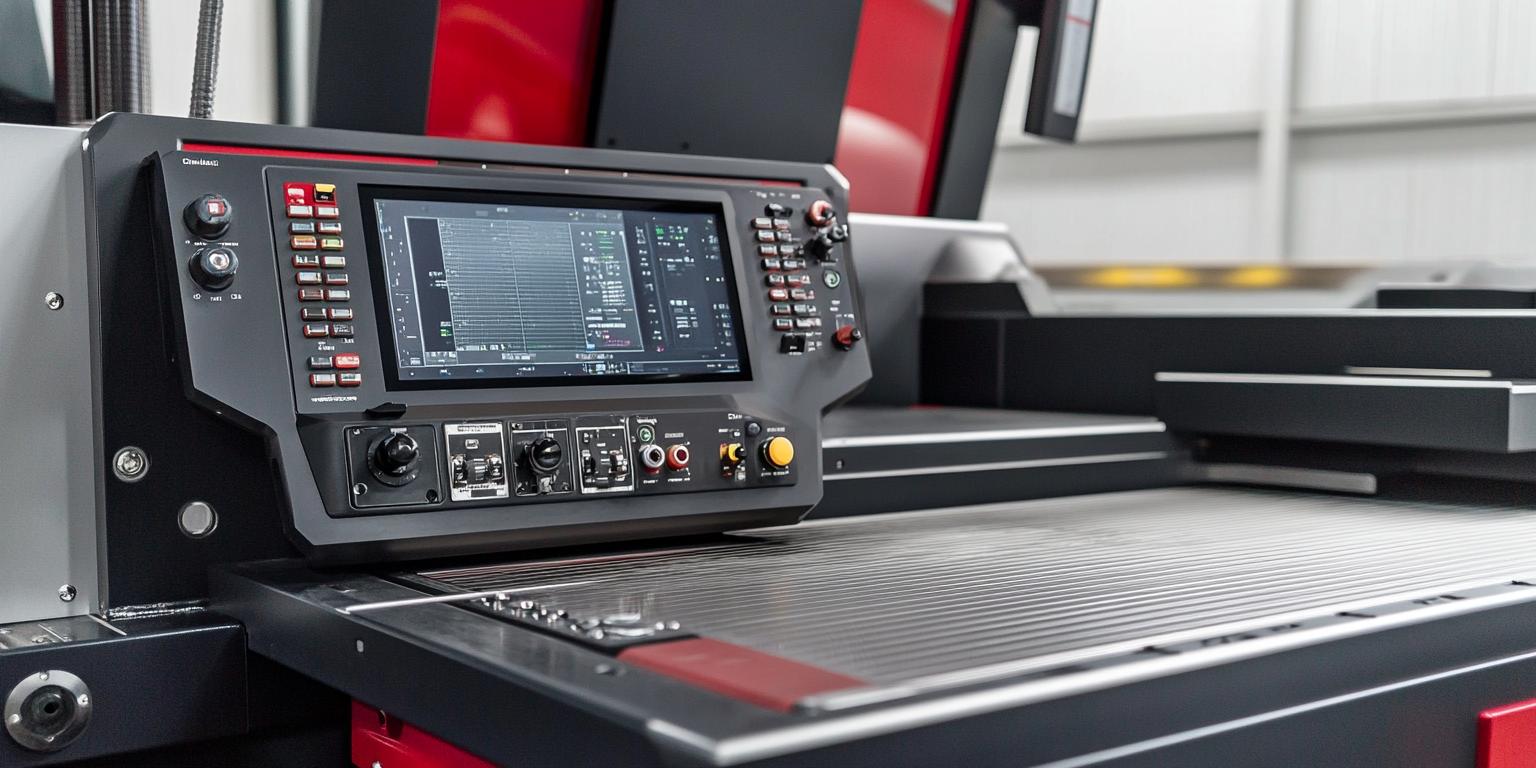
When it comes to producing high-performance shoe molds—especially those with intricate curves and undercuts—traditional three-axis machining often falls short. Enter five-axis联动 (simultaneous) CNC technology: a game-changer for manufacturers aiming to improve both accuracy and efficiency.
In a five-axis CNC system, the tool moves along X, Y, Z axes while also rotating around two additional axes (typically A and B). This allows the cutting tool to maintain an optimal angle relative to the mold surface at all times—a critical factor when working with complex geometries like arches, heel contours, or tread patterns.
According to industry benchmarks from the International Association of Shoe Manufacturers (IASM), using five-axis machining reduces surface roughness by up to 40% compared to traditional methods. That means fewer manual finishing steps—and faster time-to-market for new designs.
| Processing Method | Avg. Surface Roughness (Ra μm) | Clamping Operations | Cycle Time Reduction |
|---|---|---|---|
| 3-Axis CNC | 3.2–4.5 | 3–5 times | N/A |
| 5-Axis CNC | 1.8–2.5 | 1–2 times | Up to 35% |
That’s not just theory—it’s real-world impact. For example, a mid-sized footwear OEM in Vietnam reported a 28% reduction in post-processing labor costs after switching to five-axis systems for their premium athletic shoe molds. Their clients saw improved fit consistency across batches, which translated into higher brand loyalty.
One common challenge in shoe mold manufacturing is handling small-batch, high-variety orders—like seasonal limited editions or custom-fit models. Here, five-axis machines shine because they minimize setup time and maximize flexibility.
A case study from a German footwear tech supplier shows how they reduced mold changeover time from 4 hours to under 1 hour using automated toolpath adjustments and integrated CAD/CAM workflows. With this level of agility, even niche markets can be served profitably without sacrificing quality.

What makes five-axis machining especially valuable isn’t just the hardware—it’s the mindset shift it encourages. It pushes teams to rethink design-for-manufacturability (DFM), optimize toolpaths, and collaborate more closely between engineering and production.
If you’re serious about staying competitive in global footwear manufacturing, upgrading your machining capabilities isn’t optional anymore—it’s strategic. Whether you're exploring equipment options or evaluating ROI on existing investments, now is the time to act.
Ready to elevate your shoe mold precision? Let us help you choose the right five-axis solution tailored to your production volume, material type, and future scalability. We offer free technical consultations + 2-year extended warranty support.
Get Your Free CNC Upgrade Assessment Now
